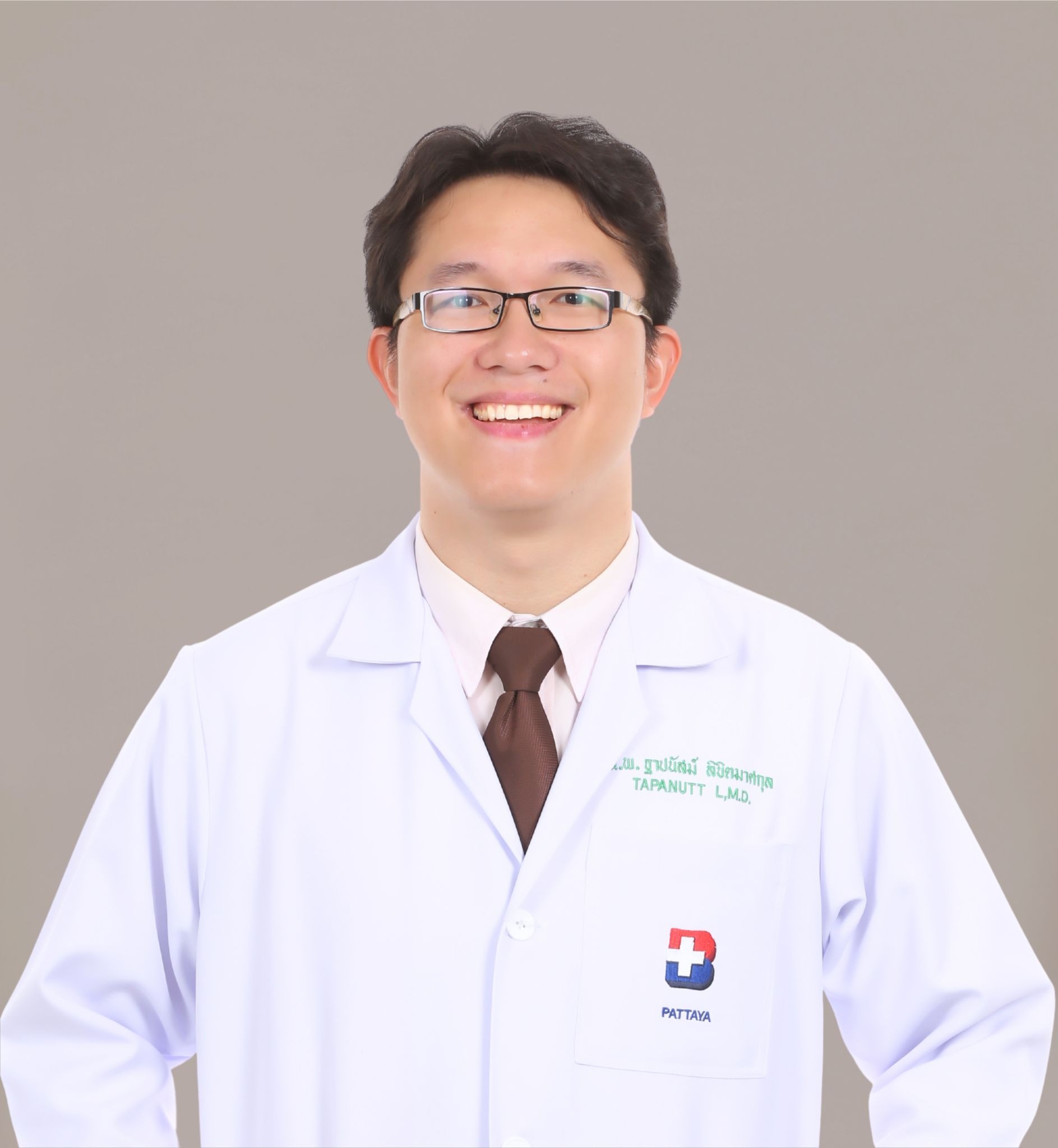
The Most Common Risk Factors for Breast Cancer from Over 100 Patients Treated in 2022
Home > Health Info > Health Articles

What are the risks for breast cancer?
What are the most common risk factors for breast cancer based on over 100 patients I treated last year?
Answer:
When should I take my breast cancer screening?
The most common risk factors include “being a woman” and “being over 35 years old.” All of my patients shared these two key factors. While the exact cause of breast cancer is still unknown, several risk factors are known to increase the likelihood of developing the disease these include:
- Women aged 35–40 and older
- Being overweight or obese
- Lack of physical activity
- A family history of breast or ovarian cancer or a history of BRCA gene mutations
- Long-term use of birth control pills or hormone therapy for over 5 years
- Having no children or having the first child after the age of 30
- Never breastfeeding
- Starting menstrual before age 12 or going through menopause after age 55
- Drinking alcohol or smoking
What rank the most common form of cancer in women?
Among the over 100 patients I treated last year – all from Pattaya, Chonburi, and nearby provinces in Eastern Thailand – one factor applied to every case: “being a woman over the age of 35.” Surprisingly, most many of these patients did not fit the typical high-risk profile. They were slim, exercised regularly, had children, breastfed, didn’t take birth control pills, didn’t drink alcohol, and were the first in their families to develop cancer. This led me to conclude: “Even without traditional risk factors, you can still develop breast cancer.”
Don’t be complacent – Just being a woman and aging increases the risk of breast cancer. Therefore, women aged 20 and older should perform regular self-breast exams every month, and those aged 35–40 should get an annual mammogram and breast ultrasound. Early detection is crucial — while breast cancer is the number one cancer in women, but It can be fully treated if caught early.
What I should do if I find the lump?
Breast lumps: No surgery needed—diagnose and treat in one go with Vacuum-Assisted Breast Biopsy (VABB)
Isn’t it better if a breast lump can be fully removed without surgery? With VABB, this is possible through a minimally invasive procedure that uses a small needle puncture (as small as 5 mm) to remove the lump entirely.. The benefits of VABB include:
- No need for surgery
- A small wound, only 5 mm, with minimal pain and quick recovery
- Performed as an outpatient treatment at the Breast Center
- Patients can go home the same day without needing to stay in the hospital
VABB is suitable for patients with:
- Benign breast lumps no larger than 2–3 cm
- Lumps with no cancerous characteristics (BIRADS 2–3)
- Concerns about the lump and a desire to remove it
- Fear of surgery or limited time for hospital recovery
The VABB procedure includes
First, the doctor will use ultrasound to locate the lump, and administer a local anesthetic (or, sedation for anxious patients). Once numbed, a 5 mm needle is inserted to vacuum out the entire lump in one go.
Share :





